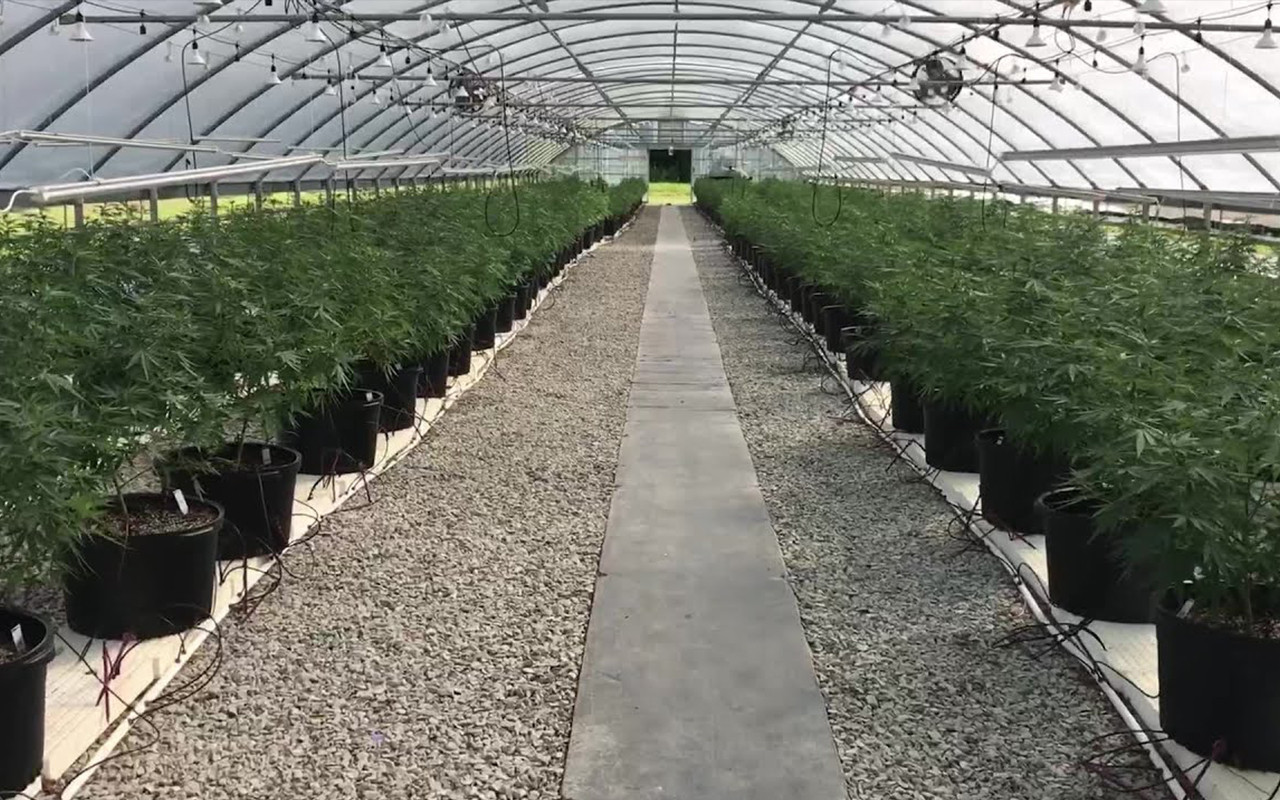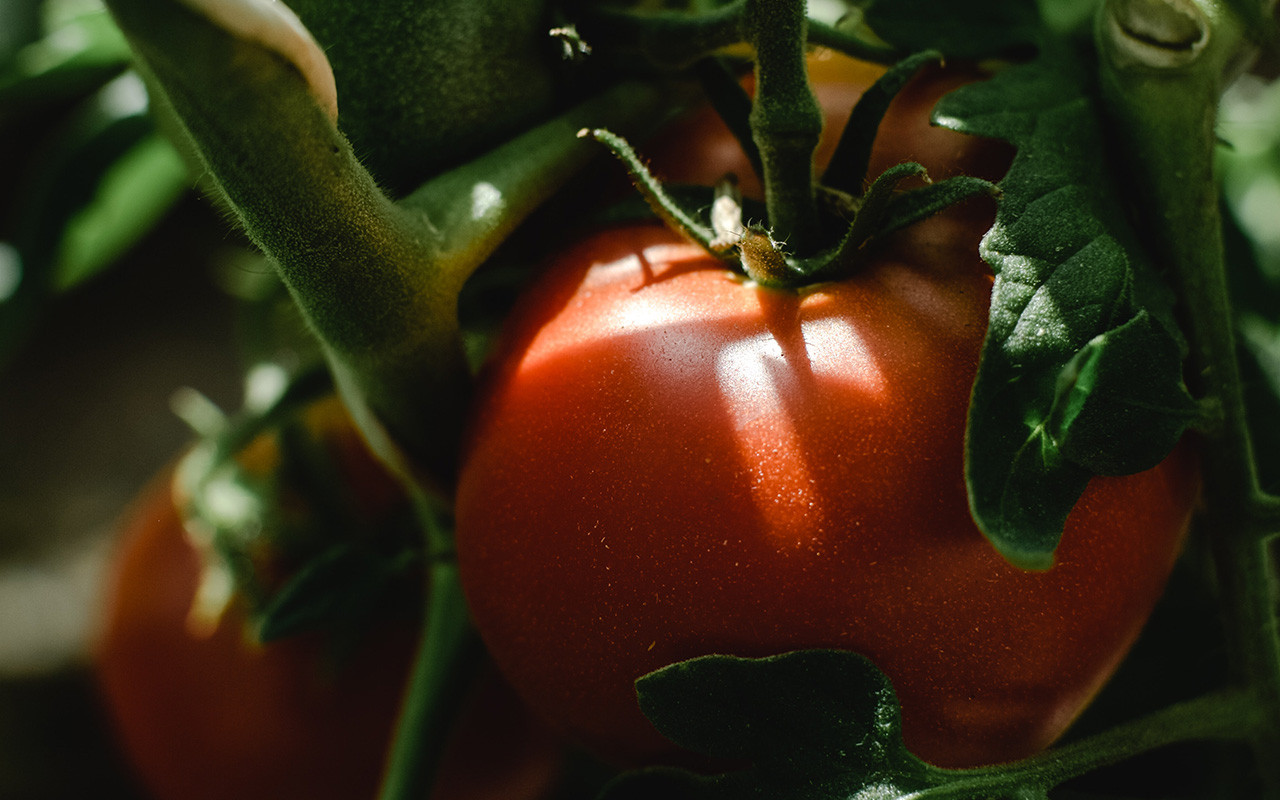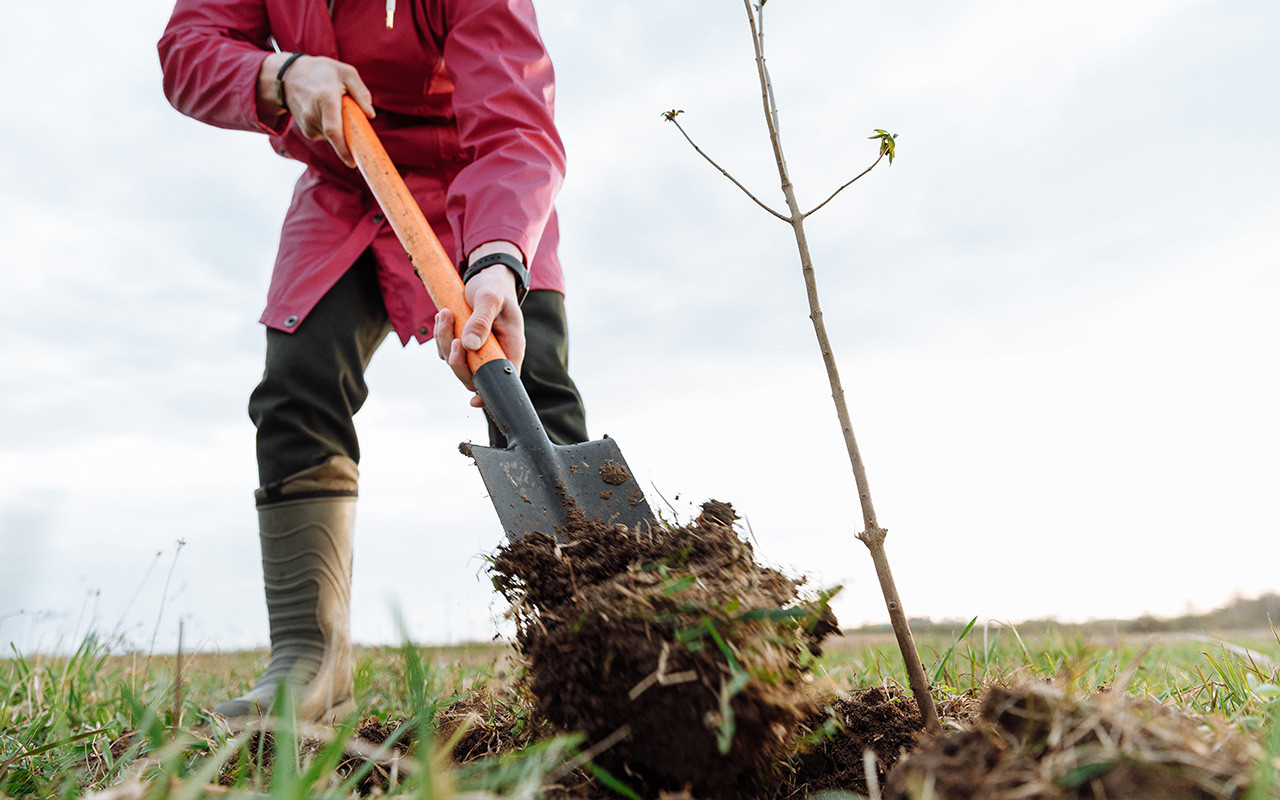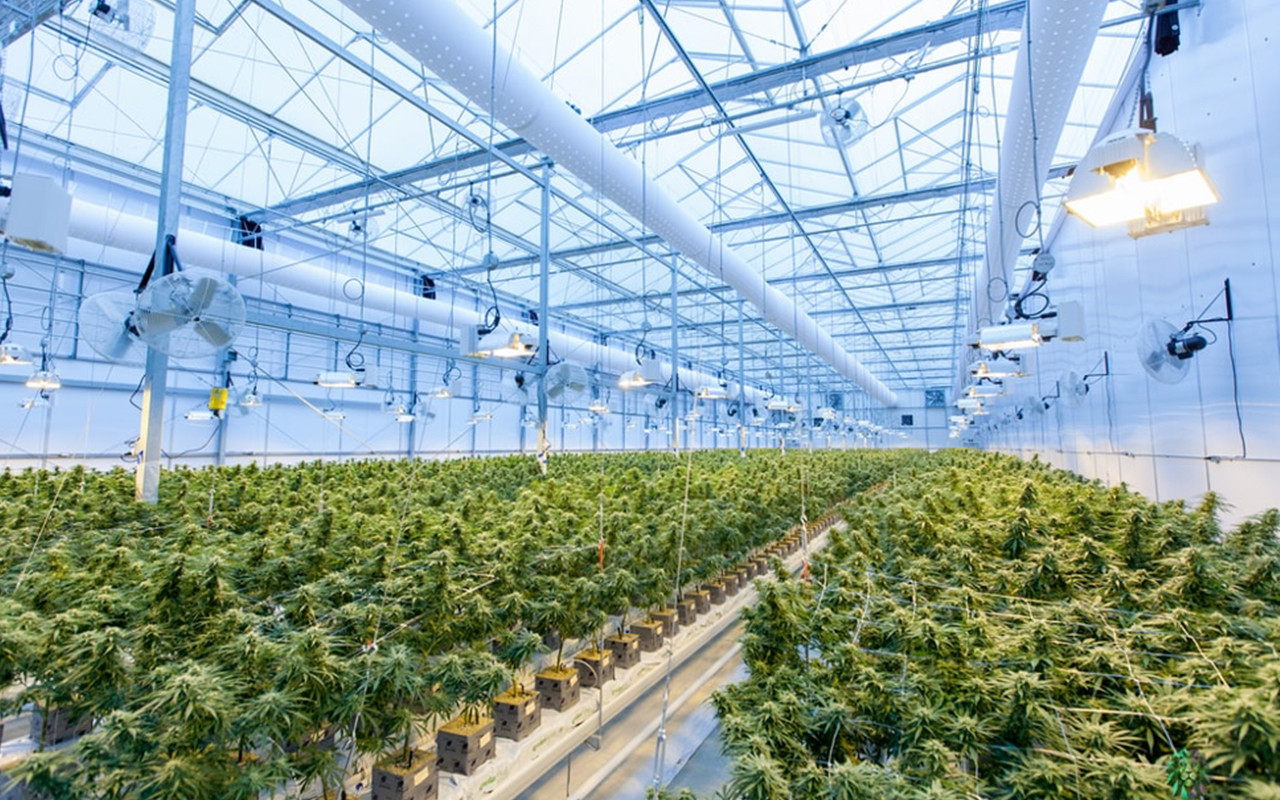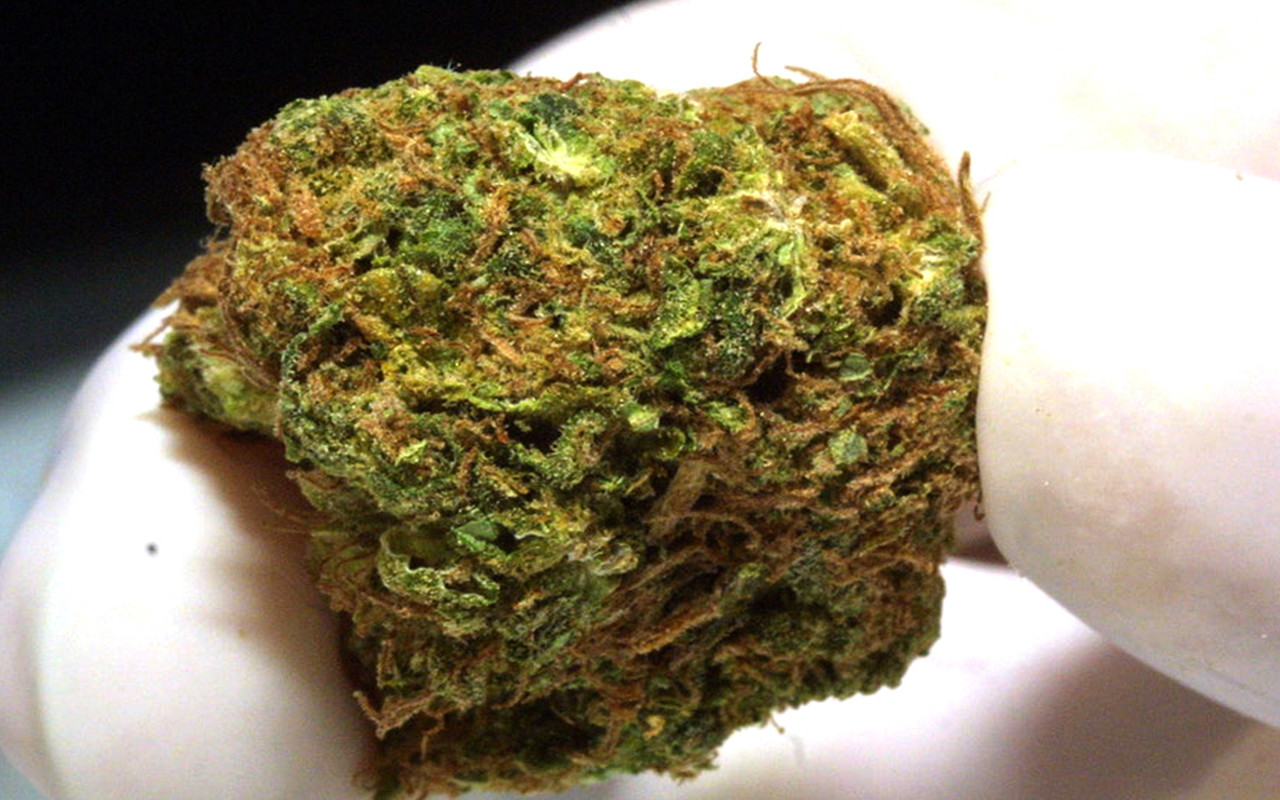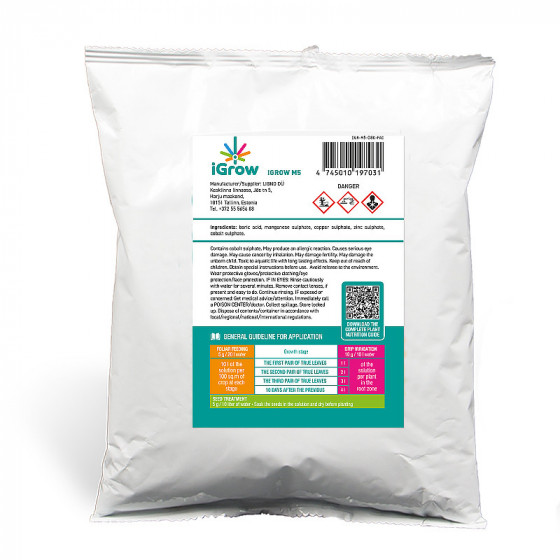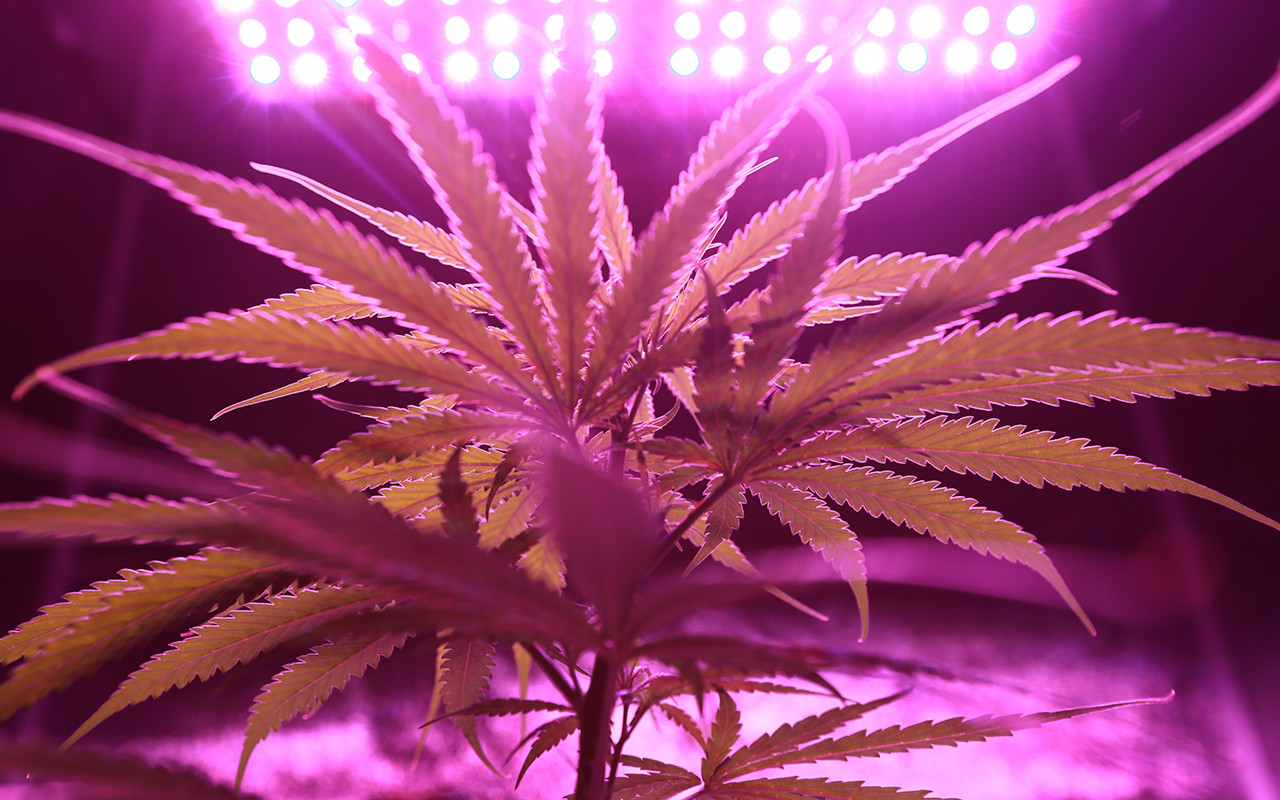
5 Cultivation Practices for a Better Cannabis Yield
1. Having the Right Soil Environment
The right soil conditions are the most essential factors that affect plant growth. It’s not only important to include vital nutrients in the soil but also to take care of the texture, drainage, and pH as well. Make sure the soil isn’t too compact and that the cannabis roots have plenty of space to grow and breathe but not too loose as to drain water easily. The pH should be slightly acidic, around 6. Consider investing in NPK fertilizers for the development of the generative and vegetative organs of the plant.
2. Let There be Light
It goes without saying that cannabis, like any other plant, requires light to grow. If you’re cultivating outdoors, it’s unlikely that you’ll be able to control the light. For indoor farmers, however, controlling light becomes a requirement. It’s essential for a plant’s photosynthetic activity and crucial for its health.
Light intensity is measured in Lumens and is required in increasing amounts as the plant grows. Ensure you have a system that allows you to control the magnitude of light intensity; otherwise, you’ll be wasting electricity, and it’ll cut into your profits.
3. Have a Support System
Once your cannabis plants start germinating and growing, some of them will need support to sustain their own weight. Otherwise, they may bend, losing light coverage, and die out. A common practice in farming is to secure the plant to a rod or stick while they grow. An even better approach is to use a hollow tube. It allows oxygen to reach its roots, bolstering root development and increasing the plant’s strength.
4. Grooming is Important
You can’t predict how a plant grows. If you’ve ever seen a time-lapse of a plant growing, you’ll notice they grow such that they receive optimal light. But, when this need is fulfilled, they all over the place. Hence, becomes important to trim those parts of the plant that don’t contribute towards the yield. They consume resources that would otherwise go towards bud production. Some cultivate cannabis by removing the lower branches of the plant, making it resemble a lollipop. The excess material can be used as compost, recycling nutrients.
5. Spacing for Optimal Growth
During the later stages of your cultivation, you’ll have wide bushes that’ll seem difficult to manage. Spacing is perhaps the most important cultivation practice for a better cannabis yield. At this point, the buds are developing and require essential nutrients as well as light. This affects the potency of your yield. Make sure your plants are spaced out such that even the lower parts receive optimal light and are not covered by branches. Consider moving them outside if you’re short on space.








